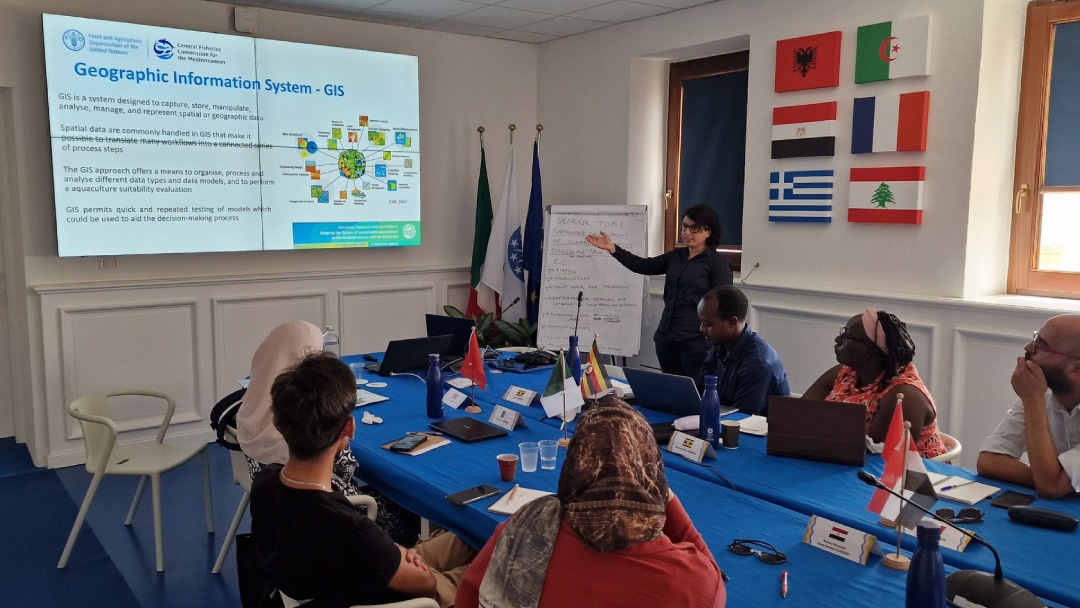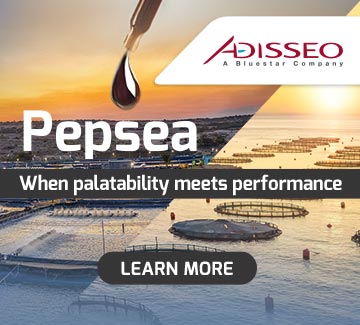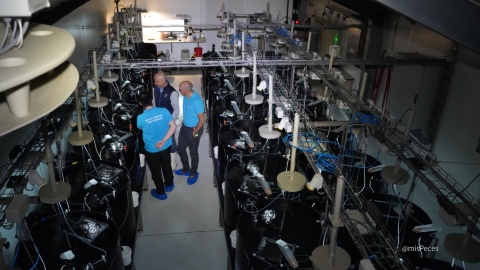
With the global appetite for seafood steadily rising, aquaculture plays an increasingly vital role in meeting demand. However, its growth must align with the protection of marine ecosystems. This balance is achieved through strategic planning and the establishment of Allocated Zones for Aquaculture (AZAs). These zones are designed to reduce conflicts with competing interests such as tourism, marine protected areas, small-scale fisheries, shipping lanes, and military zones.
To explore the importance of spatial planning in promoting sustainable aquaculture, we spoke to Erika Porporato, who is a researcher in Marine and Coastal Ecosystem Ecology and Planning at the International Marine Centre in Sardinia.
Recently appointed as coordinator for the FAO-GFCM Advisory Group on Spatial Planning for Aquaculture, Erika Porporato works alongside 56 experts from 18 countries across the Mediterranean and Black Sea. This group’s mission is to help nations identify and establish aquaculture zones using a strategic and well-structured approach, aligning production with sustainability goals while mitigating environmental and socio-economic conflicts.
According to Porporato, “Proper planning guarantees sustainability.” She highlights that countries implementing Allocated Zones for Aquaculture tend to develop their aquaculture sectors more efficiently and sustainably, both environmentally and socially. The advisory group has supported nations such as Albania, Georgia, Lebanon, Morocco, and Tunisia, providing training in Geographic Information Systems (GIS) and publishing guidelines to aid in the establishment of coastal zones dedicated to aquaculture. These efforts help standardise the understanding and application of AZAs across the region.
Erika emphasises that site selection is a crucial first step in any aquaculture project. This involves evaluating both biotic and abiotic factors that could impact the viability of production. The goal is to identify locations that optimise productivity while minimising risks such as eutrophication, disease outbreaks, and other environmental challenges.
However, spatial planning extends beyond simply picking the right spot. It includes the optimal layout of aquaculture facilities in relation to other human activities and critical habitats. This is achieved through multidisciplinary collaboration, involving experts and local authorities, who are ultimately responsible for implementing the recommendations.
These initiatives aim not only to boost the economies of regions with limited development opportunities but also to protect and enhance the value of marine ecosystems, ensuring their long-term sustainability.


